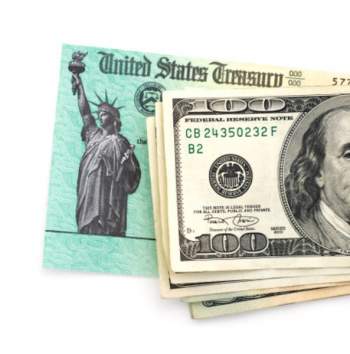
Understanding Progressive Tax

The income tax is a direct tax in which a portion of an individual's earned or unearned wealth is extracted for the purpose of taxation. States that choose to impose the income tax often choose to adopt a progressive tax system. An individual's income is broken into usually three different tax brackets to simplify the categorization of earners. The three tax brackets reflect the socioeconomic class divisions of the working class, middle class, and the rich. As a person's income increases, so does the percentage of money goes to paying that income based on the three income tax brackets.
Income tax systems are only considered progressive when members of the upper
end of the socioeconomic spectrum pay the highest percentage of their earnings
to income tax. Progressive taxes, theoretically, place the heaviest tax burden
on the richer members of society. This is a state legislature's means of making
the income tax more equitable. The theory behind the the progressive tax states
that this distribution of the tax burden keeps revenues at a reasonable level
even during an economic recession. If an economy slumps, the change in tax
burden on each socio-economic class is lessened. The poor and the middle
classes do not experience as much of a change in their real wages as do the
rich who experience the least change in real wages. The progressive tax is a
means of averting social upheaval when the economy slumps.
Since 1913, when America ratified the Sixteenth Amendment to the federal
constitution, some states have chosen to impose their own income taxes as well.
The income tax was historically progressive throughout most of its history.
Income tax progressiveness peaked during the 1950s and remained relatively
stable in this manner until 1980. 1980 marked the beginning of federal income
tax reform that broke America's historical trend of a progressive income tax.
State governments quickly followed the same trend as the federal governments
while others choose to keep the progressive income tax system. The belief
behind the renunciation of the progressive tax was that the rich would be free
to expand their financial enterprise with more capital under their belt as a
result of lesser taxes. The re-concentration of wealth among the richest
members of society was believed to be an engine of job creation assuming that
the rich's wealth would trickle down to the lower members of society.
Critics of progressive taxes believe that job creation is stymied by rich
employer's inability to hire new employees as a result of higher taxes.
Proponents of progressive taxes believe that such a premise is of no
consequence due to the counter-intuitive system of tax deductions and credits.
Tax deductions and credits are another attempt to render the income tax more
equitable and many of these reductions are designed to ease the tax burden of
the poor and middle classes. However, it is well known that the rich can afford
to hire the best tax preparers to optimize their tax deductions, effectively
rendering the progressive tax inconsequential. The progressive tax is the state
and local government's means of controlling market behavior and an engine of
social stability. Essentially, the fairness of each social classes' tax burden
is primarily based on the self-perception of the populace and the perception
that the lower and middle classes have on the rich. Generally, the working
class are hopeful enough to believe that someday, they will attain fabulous
wealth. The middle class are relatively content with the wealth they have; and
the rich do their best to preserve whatever wealth they have attained.


















